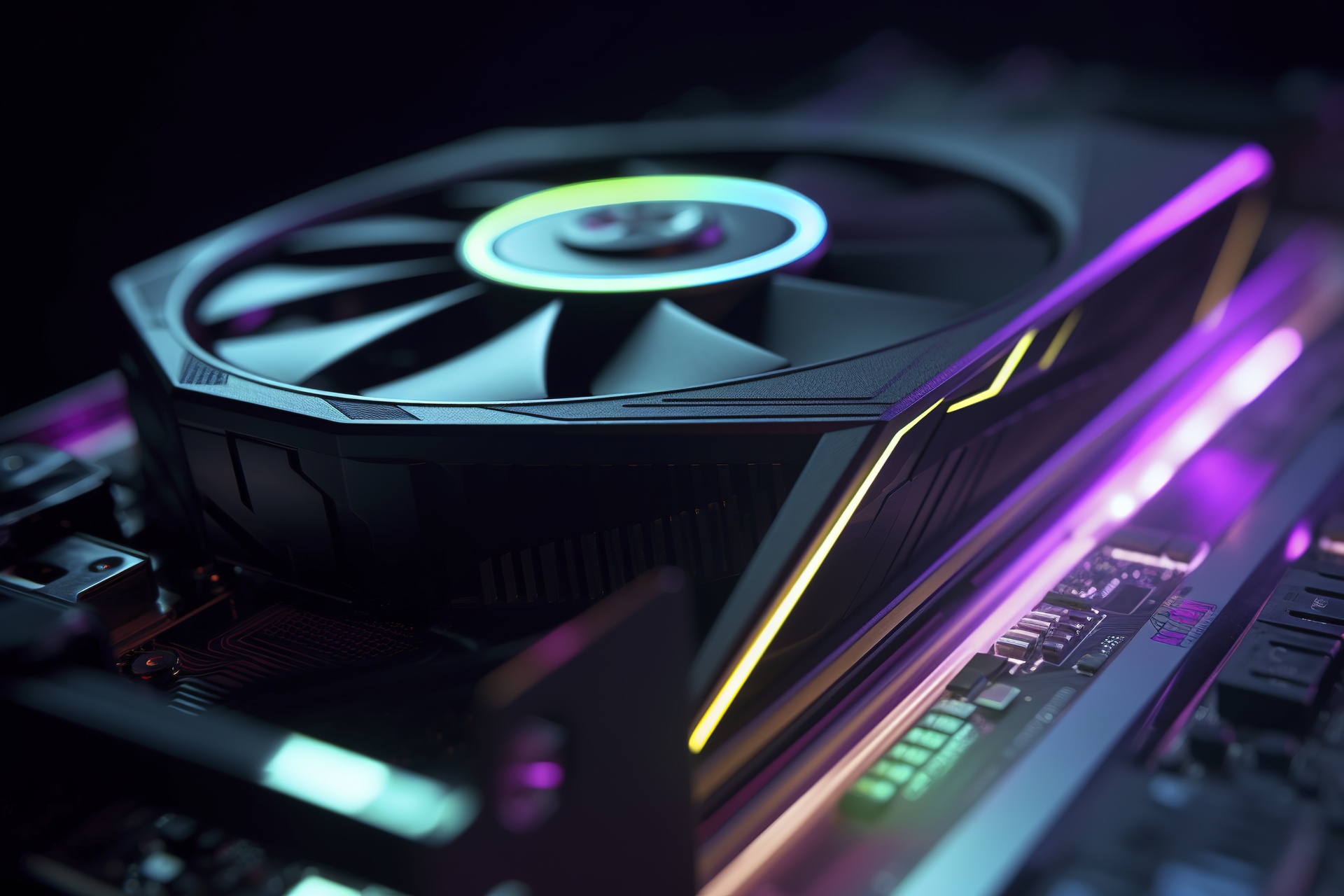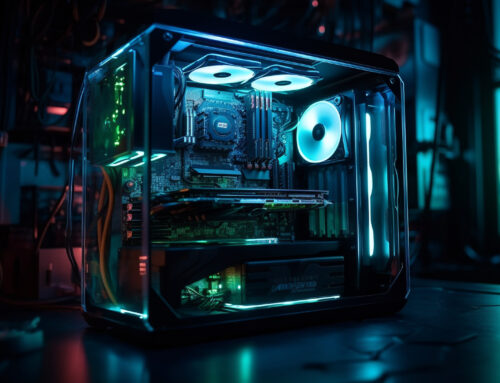Are RTX Cards Better Than GTX?
When selecting a graphics card, the two most well known options from NVIDIA are the GTX and RTX series. With the introduction of RTX cards and their dedicated support for advanced technologies such as real time ray tracing and AI enhanced rendering, the question many users are asking is simple – are RTX cards better than GTX?
This blog post provides a comprehensive comparison between RTX and GTX graphics cards, evaluating their performance across different uses including work, gaming, cryptocurrency mining, rendering, and video editing. We also include an FAQ section based on what people are searching for most.

The Evolution of GTX and RTX
GTX cards have long been trusted for solid performance in gaming and general computing. These cards are based on older architectures such as Pascal and early Turing models. They focus on traditional rendering methods using rasterisation and do not include hardware specifically designed for ray tracing or artificial intelligence acceleration.
RTX cards represent the newer generation. They are built on the Turing and Ampere architectures and feature dedicated hardware units for real time ray tracing and Tensor cores for AI processing. This allows RTX cards to deliver enhanced visuals and better efficiency in both gaming and creative applications.
Some of the most important differences between GTX and RTX cards include:
-
Support for real time ray tracing (only available on RTX)
-
AI powered upscaling technology known as DLSS (exclusive to RTX)
-
More CUDA cores and higher memory bandwidth in RTX cards
-
Increased power efficiency and support for the latest software engines
Are RTX Cards Better Than GTX for Work?
For professional tasks such as 3D modelling, rendering, video production, and AI research, RTX cards provide significant advantages over GTX models. Many professional software packages like Blender, DaVinci Resolve, and V Ray have been updated to take advantage of the hardware acceleration features offered by RTX cards.
Ray tracing cores enable realistic light simulations which are crucial in industries like architecture and animation. Tensor cores accelerate AI driven tasks including denoising, image reconstruction, and even certain types of simulations.
In contrast, GTX cards are still usable for work but lack the hardware acceleration that speeds up complex workloads. You may experience longer render times and reduced productivity when working with high resolution content or complex timelines.
Conclusion: RTX cards are clearly better for professional and creative work.
Are RTX Cards Better Than GTX for Gaming?
Gaming is one of the most popular applications for graphics cards. RTX cards shine here not only because of their higher raw performance but also due to enhanced visual fidelity enabled by ray tracing. Real time ray tracing improves in game lighting, reflections, and shadows, making scenes more immersive and lifelike.
RTX cards also support DLSS, an AI based upscaling technology that allows games to run at higher frame rates without sacrificing image quality. This is especially useful at resolutions above full HD, such as 1440p or 4K.
GTX cards are still capable of delivering excellent gaming performance, particularly in older or less demanding titles. They are a good option for full HD gaming if ray tracing is not a priority and budget is limited.
Conclusion: RTX cards are better for gaming, especially for players who value high frame rates, visual realism, and future proofing.
Are RTX Cards Better Than GTX for Mining?
While the cryptocurrency mining boom has cooled in recent years, there is still interest in GPU based mining for coins that support it. The performance of a graphics card in mining depends on its memory bandwidth, power efficiency, and compute power.
RTX cards typically offer better performance per watt thanks to their newer architectures. They also have higher memory configurations which can be beneficial for mining certain algorithms. Additionally, their efficiency can lead to lower operational costs over time.
GTX cards, however, may still be viable for low budget mining operations or hobbyists looking for a less expensive entry point. They are easier to find in the second hand market and draw less power, which may be suitable for small scale setups.
Conclusion: RTX cards are better for mining in terms of performance and efficiency, but GTX may still be viable for cost sensitive users.
GTX vs RTX: Which Is Better for Rendering?
Rendering tasks, whether real time or offline, benefit heavily from powerful GPUs. RTX cards are built with rendering in mind. The inclusion of ray tracing cores significantly accelerates physically accurate light calculations, and Tensor cores help with AI powered enhancements such as denoising and sample prediction.
Professional render engines now include RTX support, allowing creators to cut render times in half compared to previous GTX generations. RTX cards also come with more video memory, which helps when rendering high resolution scenes or handling large textures.
GTX cards can still render, but their performance is limited. They lack dedicated ray tracing and AI acceleration, which means longer render times and increased strain on the system.
Conclusion: RTX cards are the better choice for rendering in almost every scenario.
GTX vs RTX: Which Is Better for Video Editing?
Modern video editing applications rely on GPU acceleration for tasks like real time playback, effects processing, colour grading, and encoding. RTX cards outperform GTX cards in all of these areas.
RTX models feature newer NVENC and NVDEC engines which provide faster and more efficient video encoding and decoding. This is especially useful for high resolution editing, such as 4K or multi camera timelines.
Tensor cores and more video RAM allow RTX cards to handle larger projects and more complex effects with ease. GTX cards are fine for basic editing, especially in full HD, but will start to struggle with larger timelines and higher resolutions.
Conclusion: For serious video editors, RTX cards offer far better performance and value. environment.
Summary
he move from GTX to RTX represents a major leap in GPU capabilities. RTX cards bring substantial improvements in gaming performance, professional work, and creative software support. Whether you are a gamer, video editor, content creator, or professional designer, RTX cards provide better value and performance in nearly every respect.
GTX cards still have their place for users on a budget or those with lighter workloads. But as software and games continue to evolve and adopt modern technologies, RTX is quickly becoming the new standard.
If you are building or upgrading a PC in 2025, an RTX card is almost always the better investment.
Get in Touch with Techfident
At Techfident, we help businesses minimise IT downtime through proactive IT support, 24/7 system monitoring, and expert IT management. Our services include:
- Remote and onsite IT support
- Network and infrastructure management
- Cybersecurity solutions
- Microsoft 365 and cloud support
We offer flexible support plans with no long-term contracts, ensuring businesses get the help they need when they need it.
To learn more about how we can help your business stay online and productive, get in touch today via our online contact form or call 0203 4883282.




